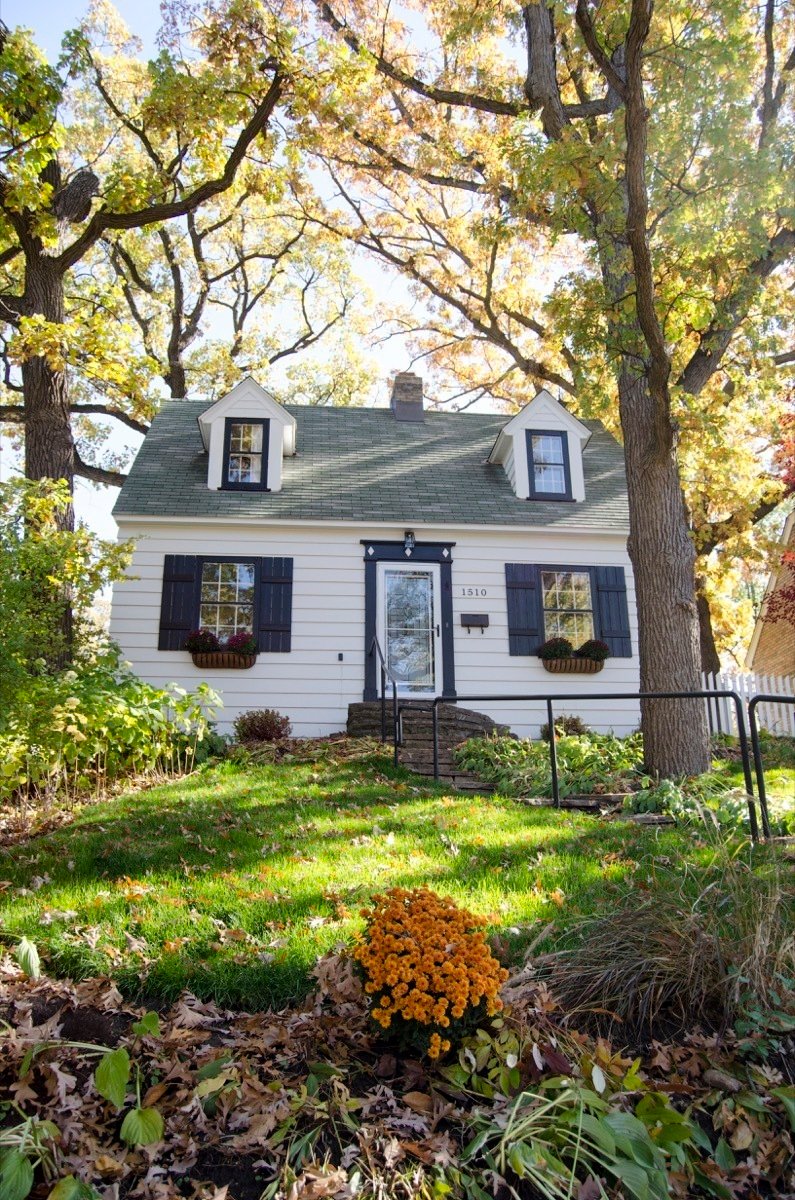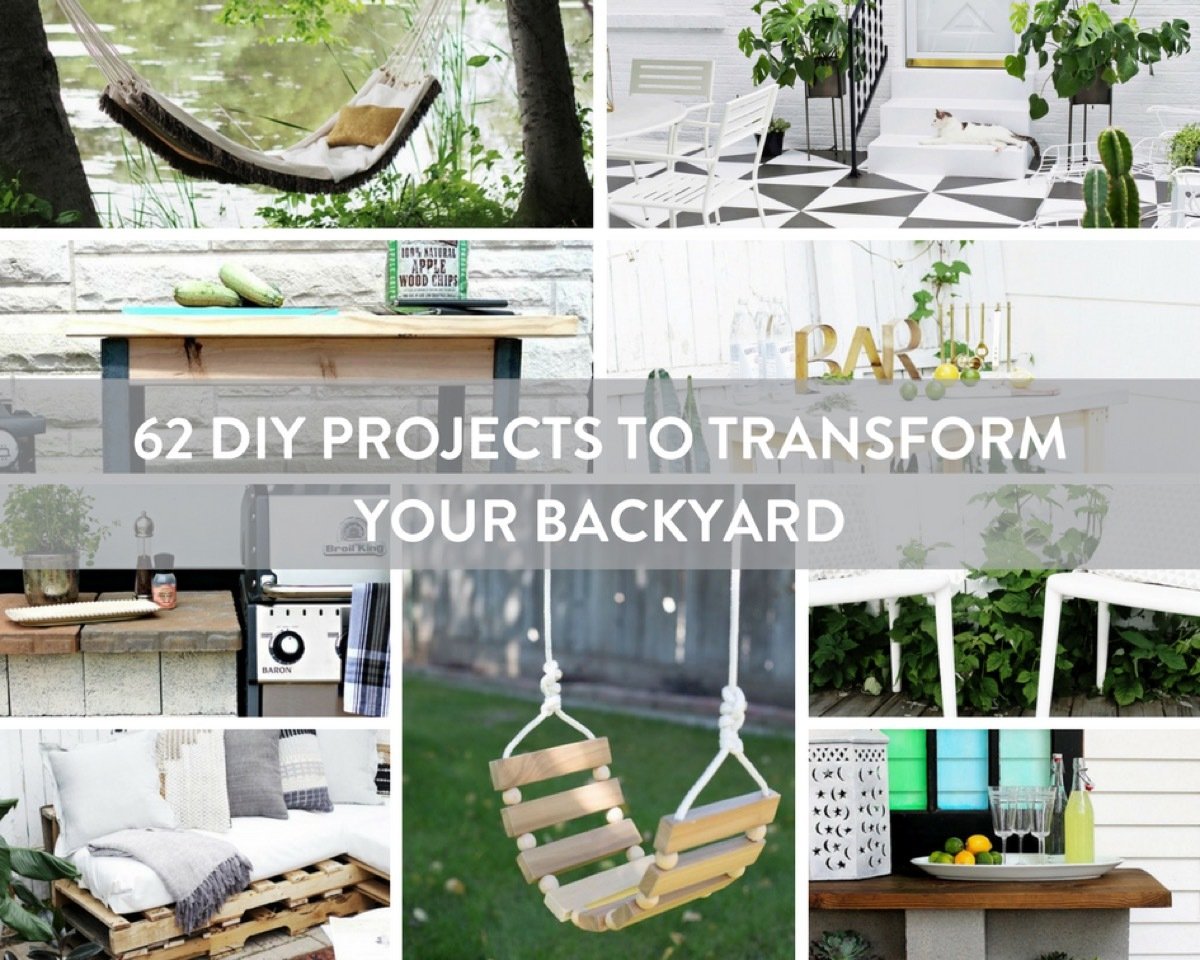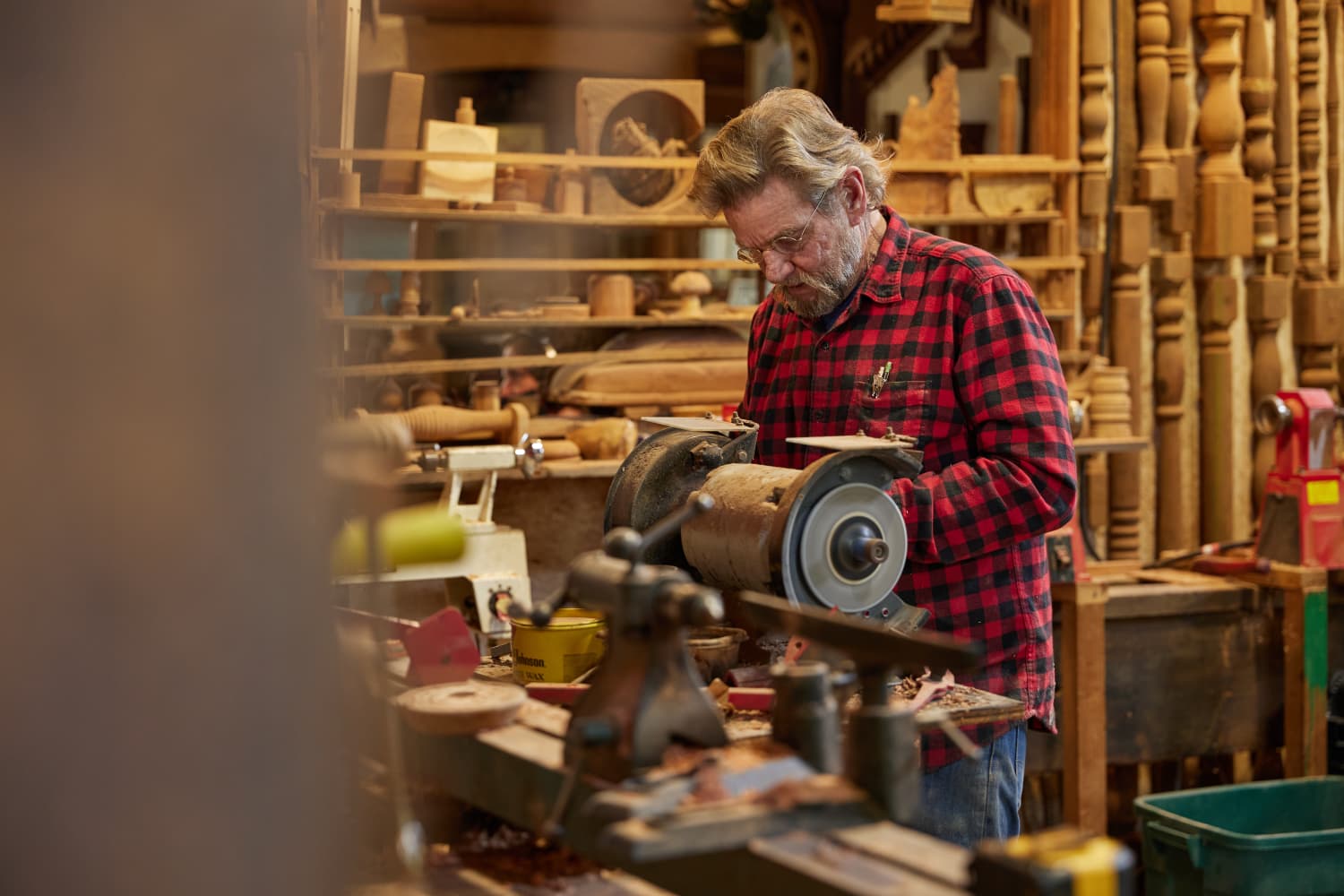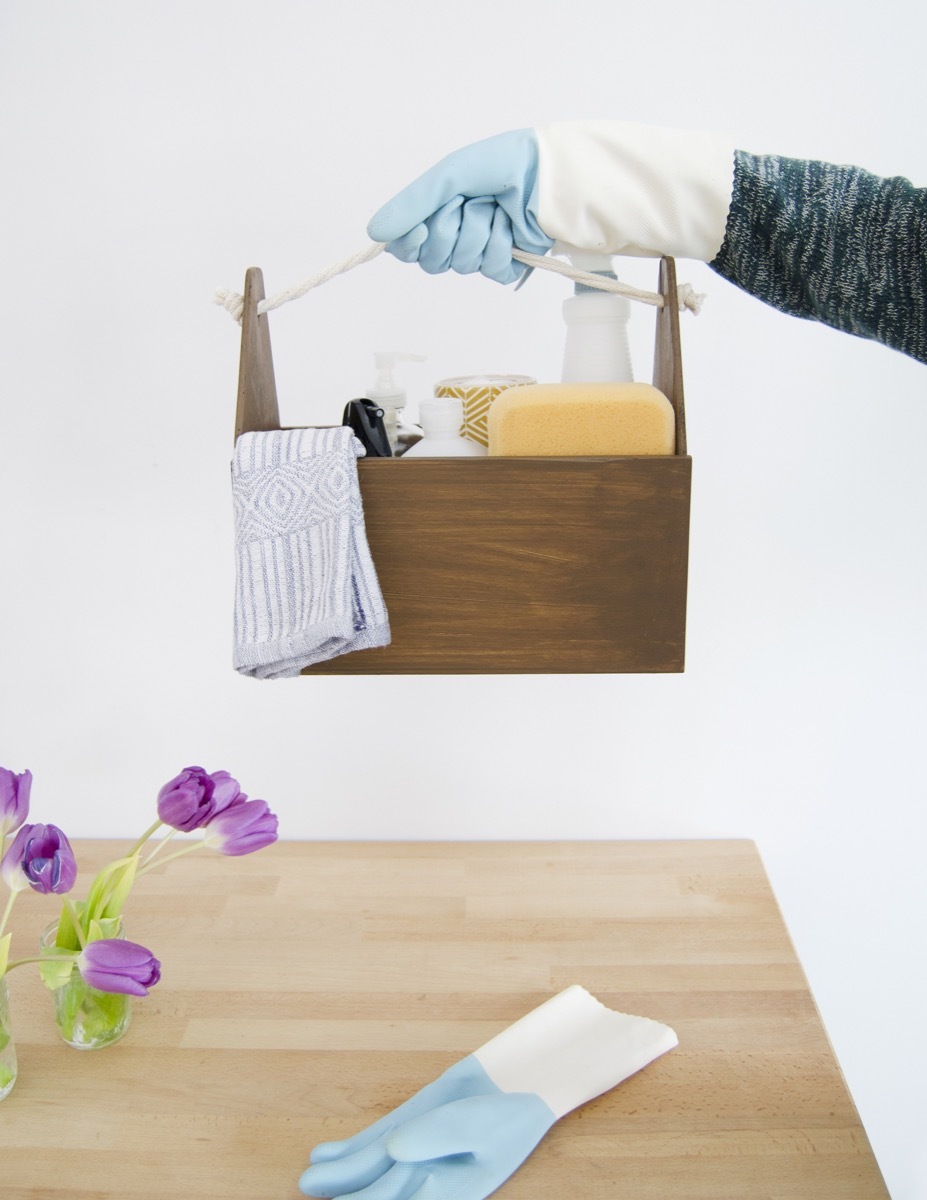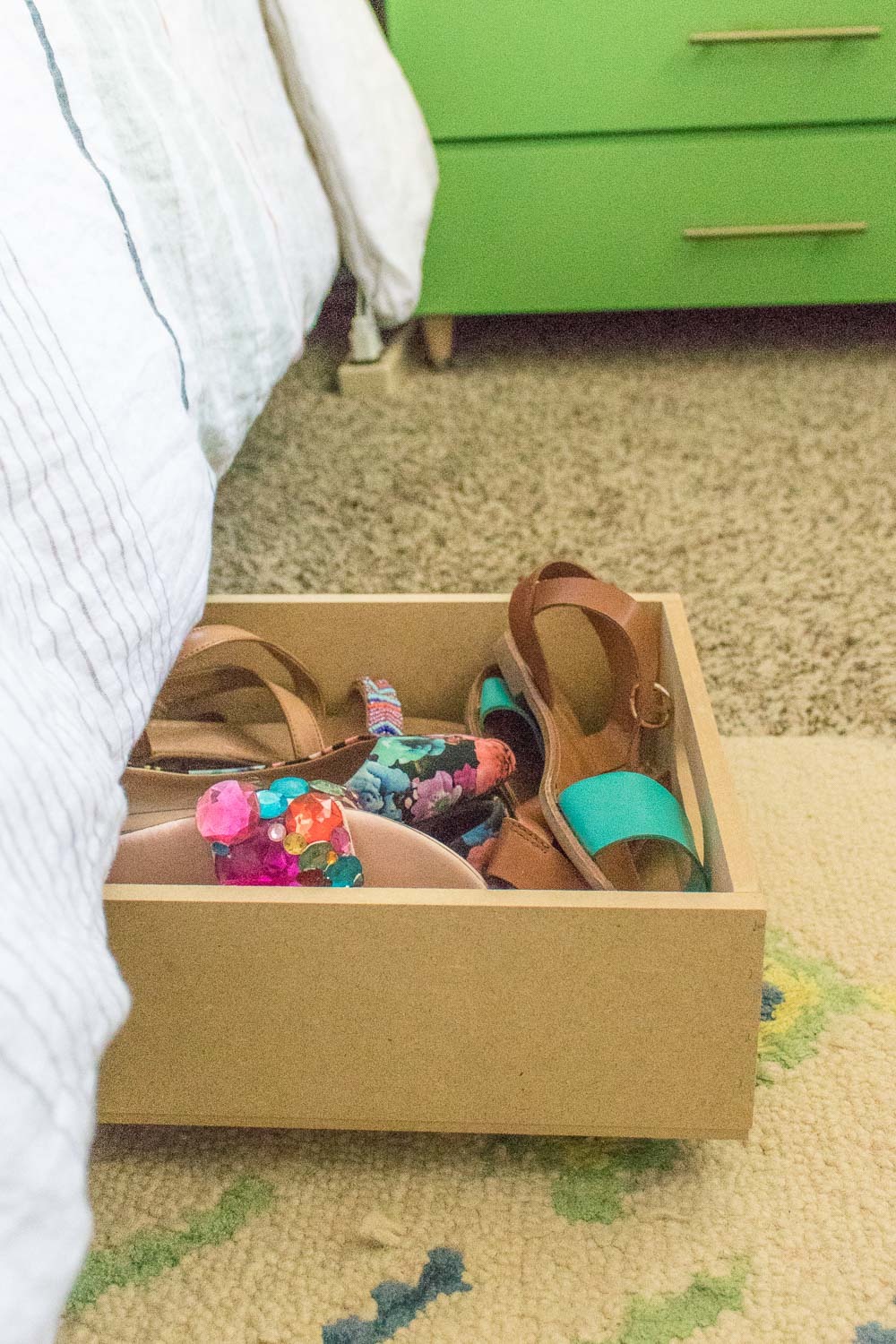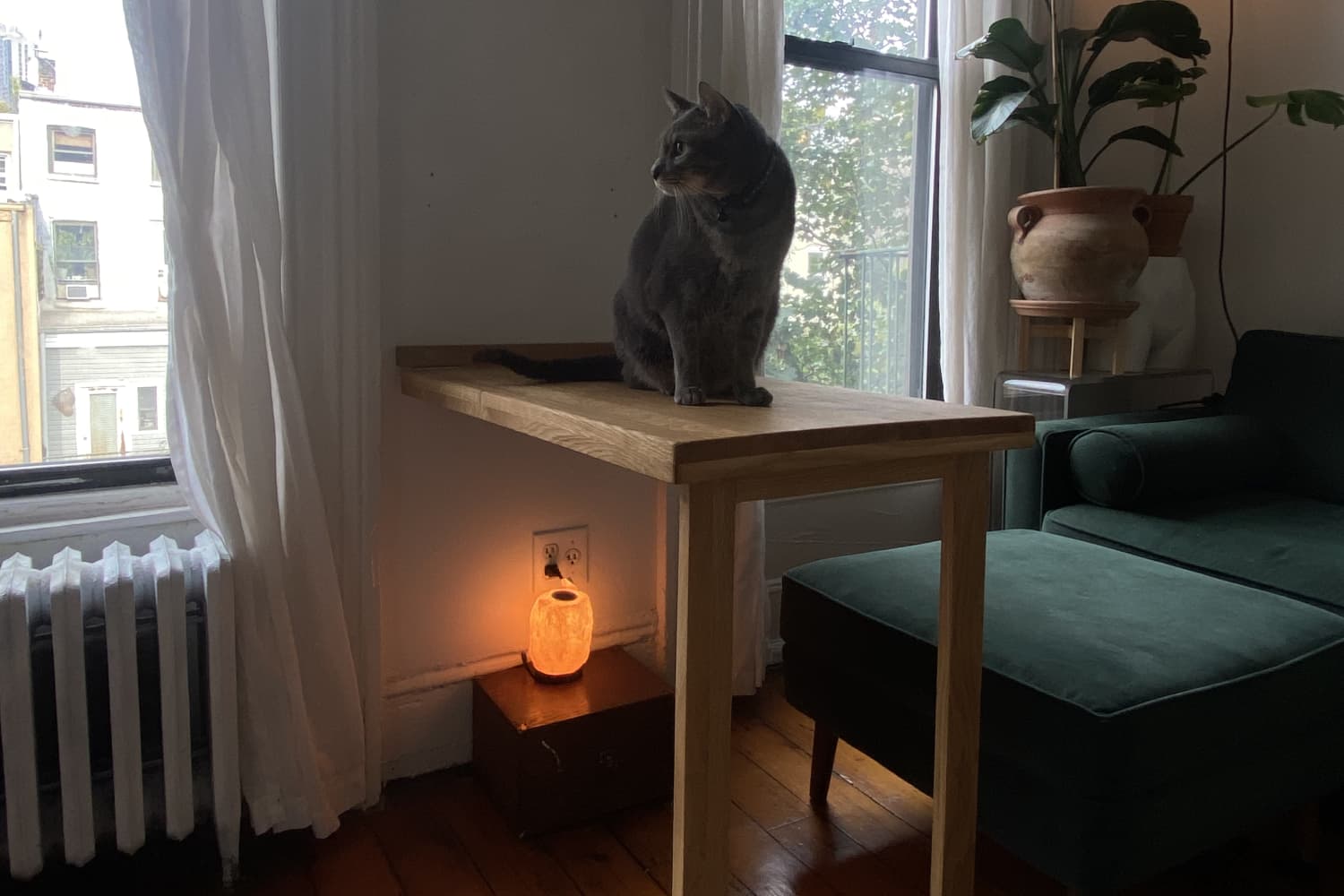59 DIY Landscaping Ideas and Tips to Improve Your Outdoor Space
The Curbly House 2017 Being a homeowner is a big responsibility, and while there’s plenty to take care of inside you home, don’t forget about the outside, either. If you’ve ever looked into the cost of hiring a professional landscaper, you know they’re not cheap. Fortunately, there are a slew of inexpensive and affordable DIY landscaping ideas at … Read more
